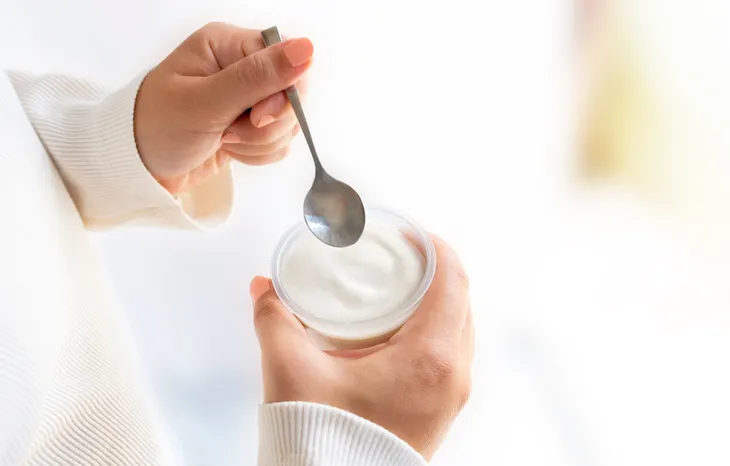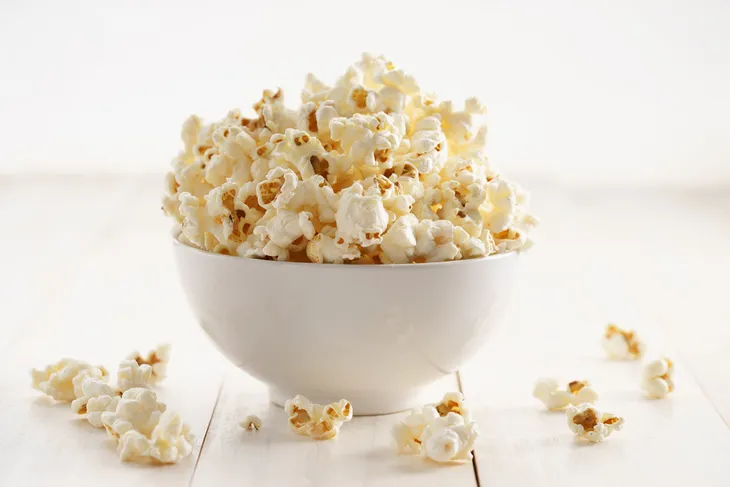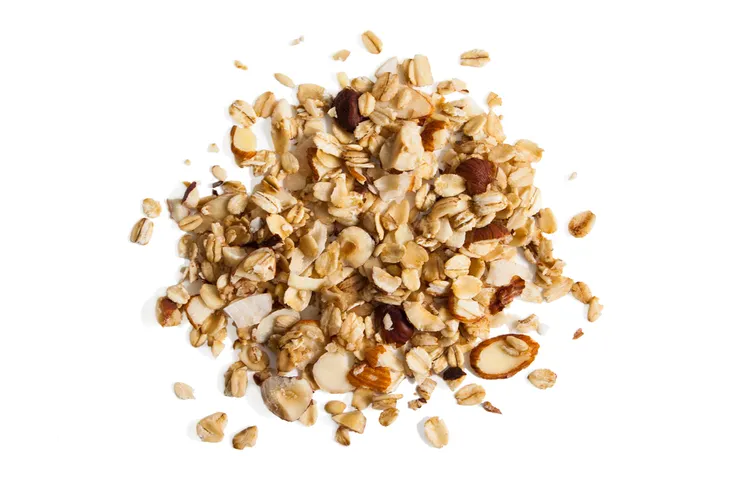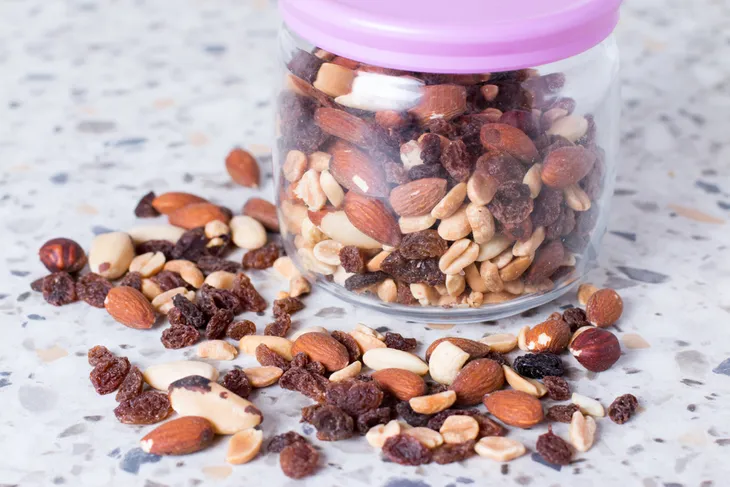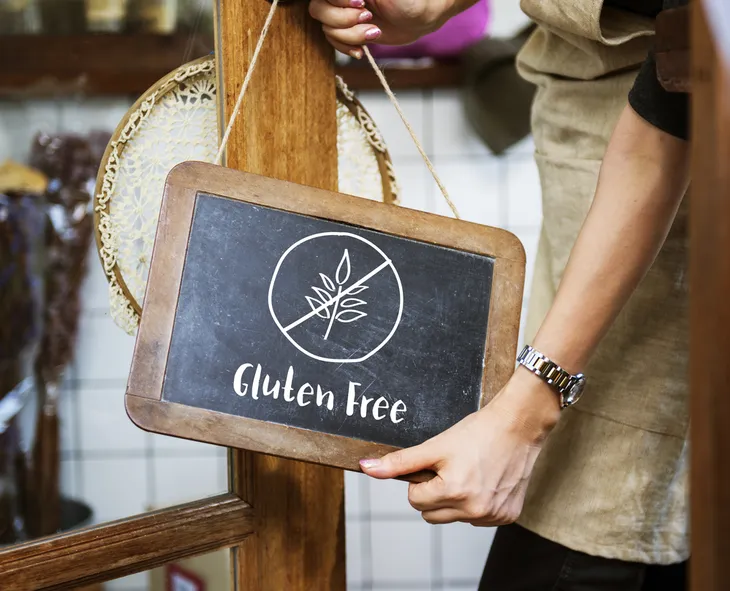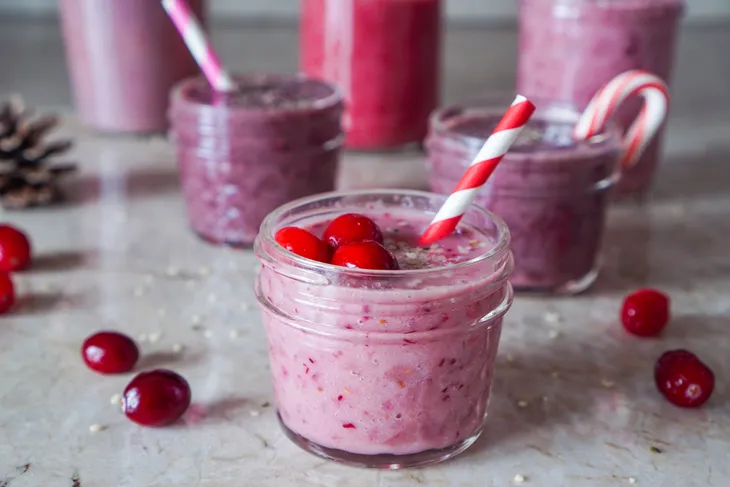Snacks can sometimes wreck our diets. This is due to the fact that we plan and focus on meals so much that in between times when hunger strikes, we reach for a healthy snack, and little do you know…it may be sabotaging your efforts. Losing weight is all about learning proper portions, proper intake levels, reading labels, new recipes, new snacks…basically everything. Don’t get overwhelmed and do your best. We all make mistakes along the way, and often those mistakes are because we just don’t KNOW better.
Food marketers know that we identify with certain keywords when it comes to weight loss, and by putting those words on their product, we’ll buy it. They make their billions from fooling well-intentioned people like you and I. So don’t be fooled by marketing, and instead, educate yourself on real health, real weight loss aids, and options, and you may find yourself reaching your goals faster! Let’s walk through some common popular “diet” snacks, and alternatives that you can swap out to keep yourself on track…
Flavored Yogurts
Yogurt is a popular diet choice for many. It’s a sweet snack, perfectly portioned, and easy to grab when you need a little sweet fix. Flavored yogurts, however, are full of artificial flavoring and sweeteners, or sugar. Many of them contain fruit puree instead of whole fruit, which strips it of its vitamin C and any actual benefits from real fruit.
As an alternative, try plain greek yogurt. It’s thicker and more filling, and it contains more than double the protein in one serving than the flavored yogurt varieties. All that protein will help tide you over until your next meal. You can easily fancy it up with some fresh fruit or honey. Since it’s unsweetened and unflavored, it also makes a great substitute sour cream or mayonnaise.
Microwave Popcorn
Popcorn seems like a light snack, and a popular one in the evenings after dinner while watching TV. Microwave popcorn though, is packed full with artificial flavors and butters. One bag can yield over 400-calories! That’s a meal!
Opt instead for air popped popcorn. It contains roughly only 15-calories per cup, and allows you to dress it up in healthier ways. Nutritional yeast, balsamic vinegar, cinnamon, or even pickle juice or hot sauce are great ways to flavor your favorite evening snack.
Granola
Granola is a favorite topping for yogurt or in a small cup with skim milk for a snack. The problem is, it’s portion size is so small yet so calorie high. A half cup of granola with a cup of skim milk comes in around 350-calories. Nutritionally, it’s lacking too. Store bought versions are often full of sugar and trans fats, and aren’t as “healthy” as certain cereal advertisers would like you to believe.
You can easily substitute your granola with some instant oats, or if you love that crunch, try a chia and hemp seed mix that will keep you feeling full much longer. Coconut flakes are another great substitute for a crunchy yogurt (ahem, Greek not flavored!) topping.
Trail Mix
This is a tricky one because nuts are a great source of protein, but they are also high in (healthy) fat content and calories. When you add dried fruit (basically sugar balls), chocolate, trail mix is not good for the old waistline. Not to mention, a half a cup of generic trail mix comes in just under 350-calories, and 22-grams of fat.
Instead try roasted chickpeas. You can prepare them or buy them in a variety of ways, like cinnamon or chipotle. Most importantly, they still pack protein and that crunch you know and love, but have only about 135-calories per half cup, and only 8-grams of fat. Easy Chickpeas!
Cereal Bars
The perfect throw in your bag and go is a cereal bar. Many are advertised as a perfect low calorie snack. What you likely don’t know is that many contain just as sugar and fat as a chocolate bar! And, who would actually choose a cereal bar over a chocolate bar? Most likely, those of us who believe we were making the wiser choice.
A great alternative is overnight oats. Made the night before in a mason jar, toss in your bag in the morning, and you’re good to go. Overnight oats are a healthy stack filled with nutritious oats, fruit, nuts, chia seeds, and almond milk. Throw it all into a jar and leave in the fridge overnight. The next day you simply mix and eat. Since you control what’s in your oats, you control the calorie and sugar count as well!
Snack Packs
Those amazingly convenient 100-calorie packs are great for one thing: portioning. What they’re also great (and deceiving) is leading us to believe that a bag of thin Oreos is healthier than a bunch of tiny cookies, but they’re exactly that, they’re cookies! Unfortunately, most processed cookies aren’t nutritious. So don’t waste your snack on 100 calorie packs when those 100-calories can serve your body much better than cookies.
Instead, put in the little bit of work at the beginning of your week and plan your snacks. Homemade banana oatmeal cookies (there’s a plethora of online recipes) are quick to make with little effort, and weigh in at about 60-calories each, with only 2-grams of sugar.
Muffins
What I’m about to tell you, may shock you. Brace yourself: many muffins have more calories than cupcakes. CUPCAKES, people! All of those healthy muffins you’ve been eating when you were better off having cupcakes! Oh, humanity.
Thankfully, there are ways to make muffins healthier. You can sub out sugars and fats for applesauce and bananas, and can cut those muffins down to a measly 100-calories each without compromising on flavor, texture, or your diet.
Gluten-Free Snacks
The gluten-free diet craze has boomed. The problem is that it’s a diet geared towards those with a gluten intolerance or allergy, like celiac disease. So while some may experience weight loss from cutting out gluten, a gluten free diet isn’t actually a weight loss diet. Somewhere along the way this has gotten confusing, and the label “gluten-free” makes us think “healthy”.
Many gluten-free substitutes are highly processed with a low nutritional value, and a high glycemic index. Research from the National Institutes of Health tells us that high glycemic foods can be less filling, and lead to overeating and snacking. Instead, just ignore the gluten-free labeling. A gluten-free cookie or muffin is still a high calorie, processed cookie or muffin, it’s not a healthy diet alternative.
“Fat-Free” Snacks
When we read “fat free” our minds equate that to “Yay, I can eat this without getting fat”! Well, not so, my friends. A prime example of this is gummy bears. Gummy bears are fat free! Because they are 100-percent sugar, gelatin, and food coloring. There’s also contain zero nutrition, and just because they don’t CONTAIN fat, doesn’t mean they won’t turn into fat.
Avoid foods like candy, pretzels, pudding, and chips that say “fat-free” on the label. Instead look at the ingredients and nutritional value of what you’re eating and gauge your decision from that. All fats are not bad either, coconut oil and avocados are prime examples of high fat foods that provide healthy fats for your body.
Smoothies
Smoothies offer a seemingly great snack for those on-the-go. They’re filling and packed with healthy fruits and vegetables. It’s obviously a healthy option, but is it? Yes and no. Not all smoothies are created equal. Some smoothies may sound like they’ll help you run a marathon with all the nutritional punch they pack, but many smoothies are meal material. Meaning, they pack a ton of carbs, sugar, and calories…enough for a meal.
The alternative isn’t to just give up on smoothies, but to educate yourself. First off, know that most smoothies you buy at cafes and restaurants are at least 200-calories. That’s on the low end of the scale. Some, of the exact same size can be between 500- to 700-calories. Instead, make your smoothies at homemade so you can control the contents.

